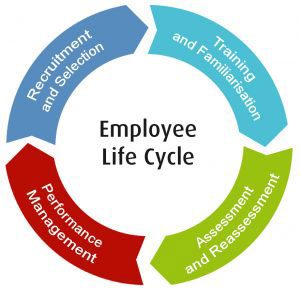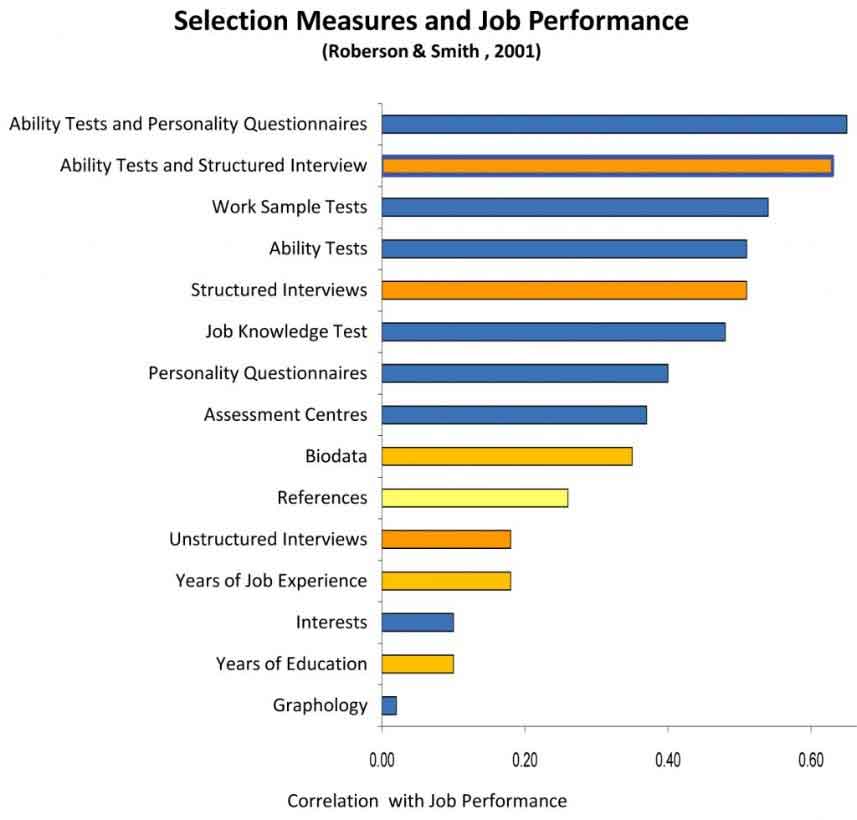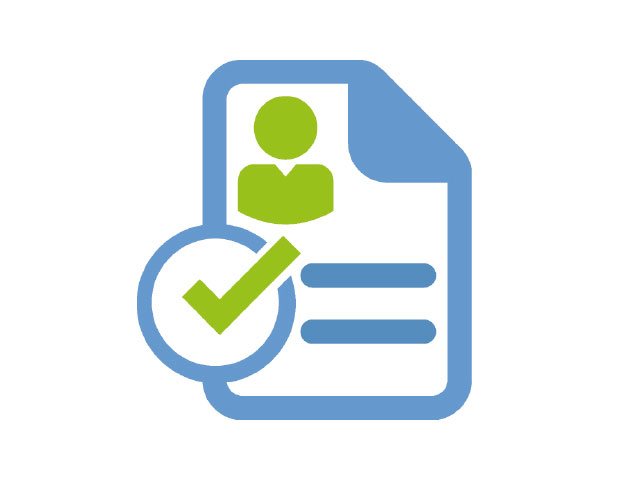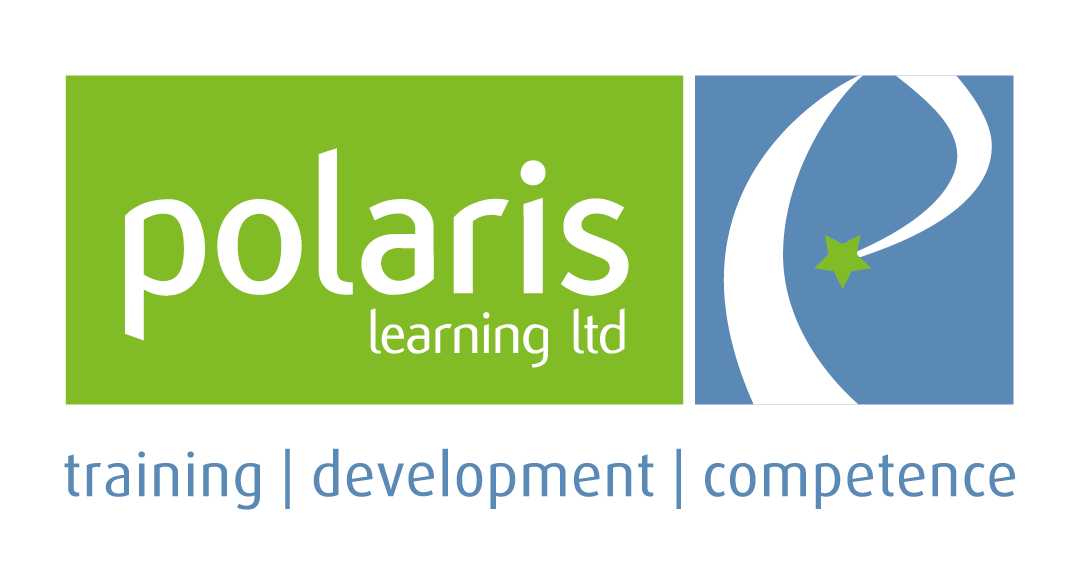Managing Competence Through the Employee Lifecycle
We are looking at how competence can and should be integrated into the employee lifecycle
THE CHALLENGE: ACHIEVING EFFECTIVE COMPETENCE MANAGEMENT
Too often competence management systems have become unused, too big to be effective or a tick box exercise that adds no value.
For those of us who are involved in competence management, you will recognise the importance of well-organised assessment, and the reassurance that only on-the-job assessment can bring to the competence assurance process.
However, you will also understand that it is not practical to assess everything in the workplace so we need a solution that strikes the right balance: assuring that people are competent while also letting them get on with their key tasks.

In effect, this means reducing risk through well-organised recruitment, training, supervision and assessment.
OUR GOAL: COMPETENCE MANAGEMENT IS NOT SIMPLY ABOUT ASSESSMENT
We want to help organisations move away from seeing competence management as simply an assessment process that is often overly detailed and time-consuming. At times, it can be difficult to see the return on the investment being made by the organisation.
Instead, we want to encourage a more valuable process where competence is still assessed effectively but competence management is integrated within the employee lifecycle. As a result, the organisation sees much more benefit from managing competence in a more streamlined way.
We therefore look at the following questions:
- How do we achieve best practise in managing the employee lifecycle? This includes the 4 stages of the employee lifecycle to consider as a starting point.
- What are the links between competency management systems and the employee lifecycle?
- What are the benefits of an integrated approach?
- What actions can you take now to achieve integration and better results?
HOW DO WE ACHIEVE BEST PRACTISE IN MANAGING THE EMPLOYEE LIFECYCLE?

For the purposes of our discussion, we shall consider the employee lifecycle from the recruitment process, continuing as it progresses through assessment to annual performance management and reviews.
We are going to focus on our four main stages:
- Recruitment and selection
- Training and familiarisation
- Assessment and reassessment
- Performance management
By looking at the entire employee lifecycle process, we can identify opportunities to build in more effective checks, balances and inputs at different stages of the process.
RECRUITMENT AND SELECTION
At the recruitment stage, we need to focus on recruiting individuals with the correct competencies for the position, as well as the right behaviours to adapt and perform well.
Focusing on the competence aspect of this, there is an opportunity to identify general competencies that are required for different positions as well as ways to check these competencies. For example, knowledge tests or technical questionnaires are relevant examples of this, as are skills tests, although the latter takes some effort to prepare and put in place.
There are excellent examples of skills tests that are used by organisations and also industry wide initiatives that have proved very effective for checking technical competence. An interesting industry wide example is the ECITB Technical Tests – https://www.ecitb.org.uk/Training-Services/Technical-Courses-Tests/Technical-Tests
There are also areas of non-technical competence that can be evaluated in a similar way, such as work planning and problem solving.
In addition, competence-based interviews can be designed around important competence areas including planning work, using safe systems of work, decision making, people management and troubleshooting.
Where this assessment can be achieved, this has a dual result:
- Firstly, there is a wealth of experience highlighting the effectiveness of different recruitment methods. It therefore makes sense to make these recruitment methods more effective.
- Secondly, effective recruitment assessment creates the opportunity to reduce the amount of workplace assessment required at later stages in the employee life cycle.
Those with a human resources background will be familiar with the research that has been done on the success (or otherwise) of the different recruitment techniques.
The diagram below illustrates the impact of more concrete recruitment methods, including knowledge and skills tests.

TRAINING AND FAMILIARISATION
In a technical environment, training and familiarisation should focus on your own organisation’s physical environment, including the tools, equipment and systems that individuals will be required to use. By “systems” we mean both hard and soft systems (such as safe systems of work, preventative maintenance and logistics systems).
Some organisations also build in standards around soft skills, or the cultural environment, such as leadership behaviour and a link to the organisation’s values.
This approach helps to reduce risk by ensuring that new employees are capable of operating in your organisation’s environment.
To ensure such a process works effectively, we have to avoid the pitfalls, including the common mistakes of overloading new employees and providing ineffective training.
One of the solutions that we recommend is to build in a review of each of the key areas covered by such training and familiarisation. This form of assessment, or review, can have a positive impact on both the training inputs and focus of the new employee.
This also provides an important checkpoint within the employee lifecycle and provides less experienced team leaders, supervisors and managers with an important benchmark to decide whether employees can pass or not.
Please note, many supervisors and managers may require training in this process and the related governance.
ASSESSMENT AND REASSESSMENT
ASSESSMENT
With both general competence and some specific issues around the ability to use tools, equipment and systems taken care of, assessment can and should focus on the specific tasks that the individual is expected to be able to perform.
In many jobs, there are many tasks to perform and it is a process of prioritisation to select the most relevant and representative tasks to assess.
In a high-risk environment, critical tasks will form the basis of such assessments. In other working environments, risk can still play a role in the selection of tasks, but other methods can be used to determine an appropriate assessment approach.
For example, one of the techniques to consider is function mapping. This can be used to identify or breakdown the main tasks required by a jobholder.
Another technique is process analysis. This involves a more detailed look at working activities and identifies specific skills and knowledge that should be assessed.

REASSESSMENT
Reassessment should be approached in a similar prioritised manner. Organisations working in the highest risk industries are required to conduct reassessment on safety critical tasks with a systematic approach. That requirement has influenced the approach to reassessment in other industries.
We find that reassessment is often not done well and this then creates different issues for the organisation. Therefore, our own advice when working with clients is that reassessment must be very carefully thought through and minimised while still allowing you to be confident that competence is maintained.
PERFORMANCE MANAGEMENT
Following the rationale set out in the previous stages, performance management reviews should focus on outcomes and behaviours.
Effective outcomes should be linked back to competencies and behaviours. Where outcomes are not being achieved, this can be used to identify re-training or reassessment requirements.
Some organisations also provide an ongoing CDP/PDP process and this can be used to identify learning to help improve performance beyond the minimum requirements identified within the competence management system.
WHAT ARE THE LINKS BETWEEN COMPETENCY MANAGEMENT SYSTEMS AND THE EMPLOYEE LIFECYCLE?
Firstly, we have tried to illustrate that competence management is not and cannot be, just about assessment in the workplace.
Planned checks and balances are required at the earlier stages of the employee lifecycle to minimise risk and identify individuals who may not be capable of achieving a minimum level of competence.

Competence management is an important business process but often fails due to insufficient planning. There are many examples of competency management system set-ups that have not been sustainable due to the burden of work in conducting workplace assessments. This is due to both a lack of resource planning and a lack of knowledge in setting up the competence management system.
However, standards of competence are very useful tools in designing a more integrated approach as we have set out here.
WHAT ARE THE BENEFITS OF AN INTEGRATED APPROACH?
There are a number of key benefits in adopting such an approach:
- We are reducing and managing risk in an active manner by putting checks and balances in place.
- We are putting steps in place to ensure that individuals with the general competence required are more likely to be recruited.
- We are providing effective training and familiarisation to new employees and we are able to demonstrate to third parties that such risk reduction measures are in place.
- Employees engage more when they see processes that are well laid out and serve a clear purpose, so you are more likely to achieve buy-in from your employees.
- You are also communicating that the management of competence in your organisation is not just about compliance. This is important as in many organisations, competence management is seen purely as a compliance driven task so it becomes a job that is unpopular and rushed through to achieve the tick box.
- This encourages your supervisors to take more responsibility for their part in the process and they are more likely to engage in checking training activities are closed out and that assessments are completed more thoroughly.
WHAT ACTIONS CAN I TAKE NOW?
In order to start managing employee competence through all stages of the employee lifecycle, you can start by considering to what degree your organisation achieves the areas below.
- Employee selection processes are effective and include the correct degree of formal assessment.
- Our training and familiarisation processes achieve the correct balance for the organisation.
- We consistently review and close out our training and familiarisation processes.
- Our assessment processes are sustainable and are achievable in our workplace.
- Our workplace assessment activities focus on competencies and tasks specific to our organisation.
- There are no generic or duplicated competencies that could be removed from our workplace assessment paperwork.
- Our reassessment approach is effective.
- Our performance management system focuses on outcomes and behaviours.
From this review, you can then begin to identify steps that you can take in your organisation.

